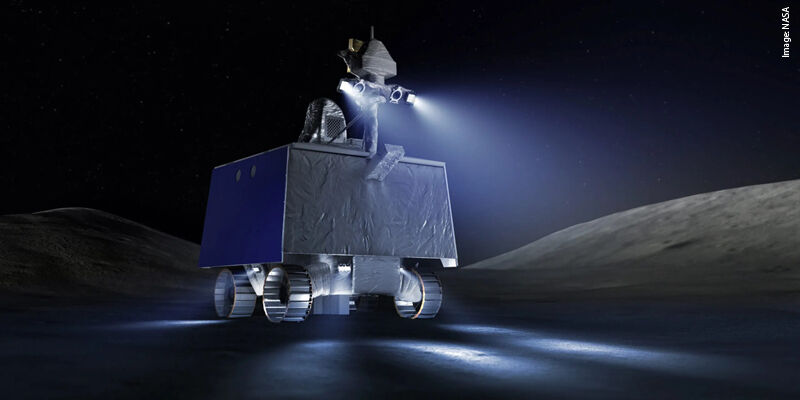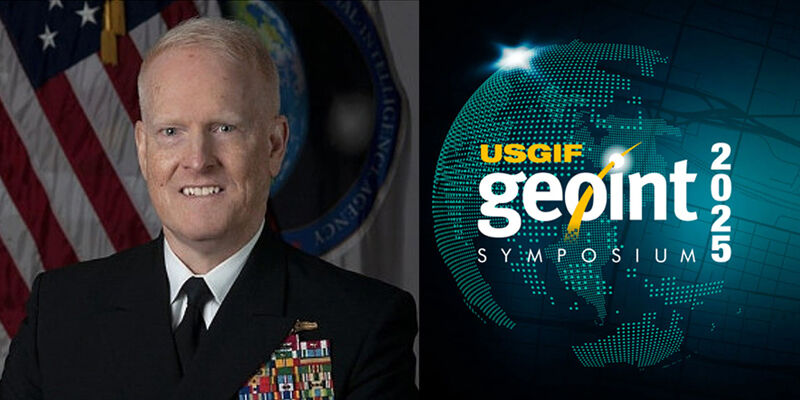Research and innovation event explores a wealth of future technology trends.Exploring the potential for data integration was the focus of the Terra future research and innovation conference at Ordnance Survey this week.
The event looked at the impact of future trends on information businesses and invited more than 130 thought leaders from business, government and academia to express their views on new and evolving technologies, societal change and consumer demands.Keynote speaker Sir Tim Berners-Lee, inventor of the World Wide Web, opened the event exploring how the semantic web - an automated extension of the web using machine-readable information to share and reuse data - has the potential to boost its reach and functionality: "Everything can be given a uniform resource identifier (URI), which describes concepts as well as objects. Translating your data into Resource Description Framework (RDF) language means you can explain what it does, make it available and connect to other people." The semantic web won't necessarily require a change in how data is collected or used. It is more a question of making it available in a reusable, machine-understandable format. Berners-Lee also talked about the unexpected, "serendipitous" reuse of data online: "The web allows information to be reused in ways you didn't imagine when you first put it up". The semantic web allows the same effect for data, allowing data from diverse sources to be joined. He added, "Location is an important way by which people correlate data, as are also time and personal identity, for example".Robin Mannings, Research Foresight Manager in BT's Research and Venturing Department, emphasised the importance of convergence and the impact of a rise in "disruptive technologies": "Convergence between ubiquitous computing, positioning technologies and geographic information is creating an opportunity explosion. Sensors and intelligence everywhere are going to make changes, with location data at its core. Ubiquitous computing is a potential disruptive technology and, like the web, may change the established order."He continued: "The information age is still very young and computer science is still advancing. Four-D can add a temporal dimension to three-D spatial data, superimposing dynamic information and ensuring data is routed to the right display, person or object at the right time. 'Location' is evolving into 'positioning', with sensor technology knowing orientation, for expel, which way you're facing and the direction you're headed."Mannings predicted the next major computing platform to be the human body. Computers on and within our bodies will be linked to a "digital bubble", which even today can follow us about. Conventional computing will become increasingly "ambient computing", where computers and computing is everywhere but largely invisible and automatic, making us more effective human beings.Daniel Erasmus, a fellow of the Rotterdam School of Management and co-founder and director of the Digital Thinking Network, stressed the importance of combining foresight and scenario thinking with societal and consumer trends. "We need to understand the effects of technology by looking at it and looking around it - exploring the object and its influence on the surface." He explained that data ownership is a relationship in an ecosystem: "There are so many vacant URLs on the web, databases, dead end content that can blossom from becoming open," and that "evolution in technology is creating vast open libraries, sharing knowledge and helping us learn in a different way".Mike Liebhold, senior researcher at the Institute for the Future in California, added that the evolution of present-day technology is working to build a sustainable geospatial web. "Beyond a growing commercial interest in mobile GIS and location services, there's a deep technical fascination with web mapping and location hacking. A growing international cadre of open-source, digital geographers and frontier semantic hackers have been building first-generation working versions of powerful new open-source web-mapping service tools based on open standards." He continues: "Out of this teeming ecosystem we can see the beginning shapes of a true geospatial web, inhabited by spatially tagged hypermedia as well as digital map geodata. We are now experiencing invisible cartographic attributes and user annotations on every centimetre of a place and attached to every physical thing, visible and useful, in context, on low-cost, easy-to-use mobile devices."Ease of use was an integral consideration in a series of themed workshops exploring the future of transport, information integration in a knowledge-based economy and the impact of an ageing population. Dr. Tracy Ross, a research fellow at the Ergonomic and Safety Research Institute at Loughborough University, explained: "Advances in location technology and digital mapping offer new opportunities for mobile products and applications that enhance people's lifestyles. The whole of society should be able to benefit from such new technologies, and not be presented with barriers to use. 'Inclusive design', taking account of the needs of a growing older market, can ensure the potential benefits of location-aware services and can be fully exploited both for the benefits of society and the industry."Terra future's interactive exhibition showcased leading-edge technologies and ideas from business, research and academia, from practical solutions being shaped today to those still in the research lab.Terra future was hosted by Ordnance Survey's Research and Innovation (R&I) team. Head of R&I Dr Chris Parker says: "I was delighted at the quality of discussion Terra future prompted into the future role of location information for business. The event brought together leading minds, inspired thought-provoking debate and proved the ideal forum for delegates to exchange their research, industry experience and ideas."For more information, visit www.ordnancesurvey.co.uk/terrafuture.
Author: Ordnance Survey
For more information visit:
Subscribe to our newsletter
Stay updated on the latest technology, innovation product arrivals and exciting offers to your inbox.
Newsletter

